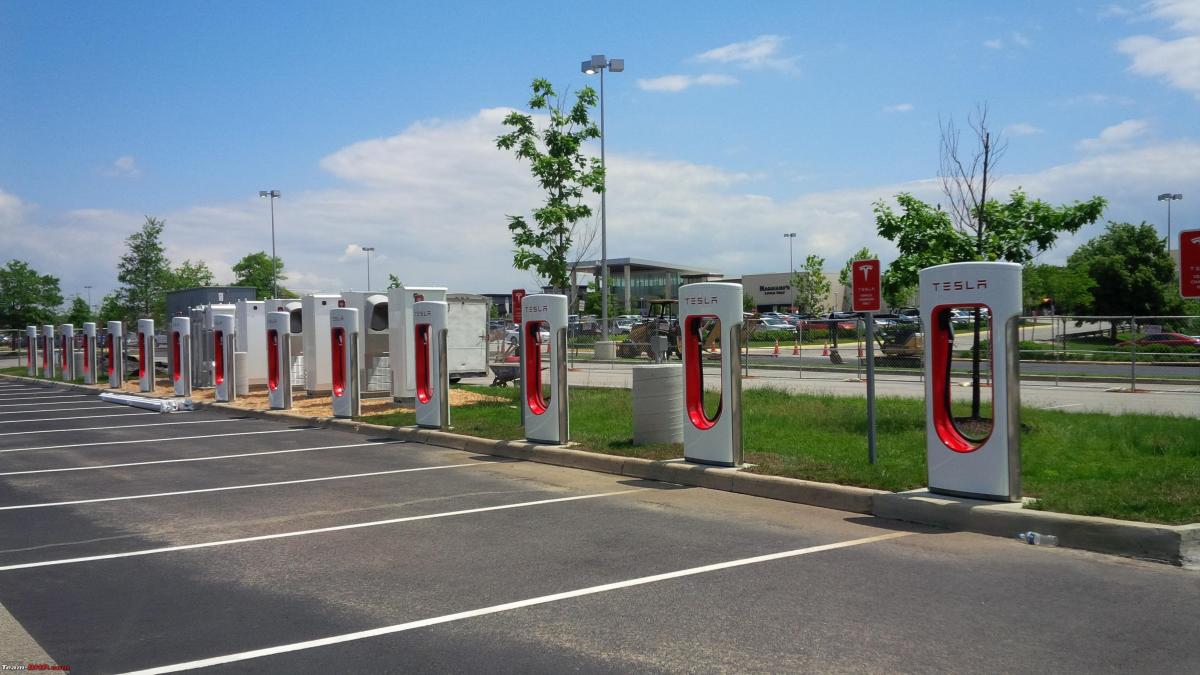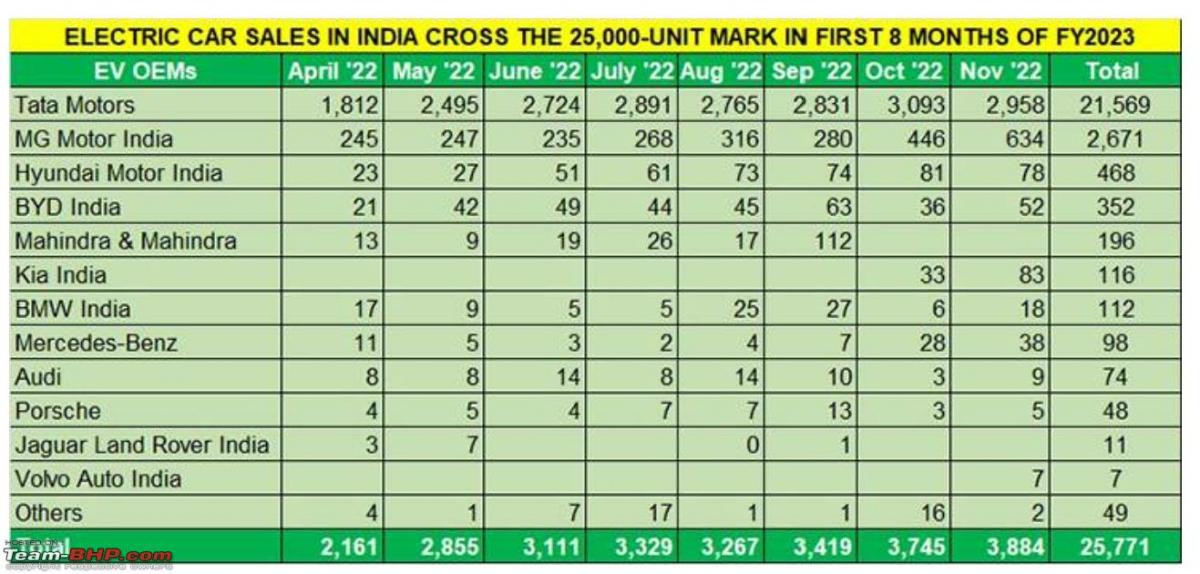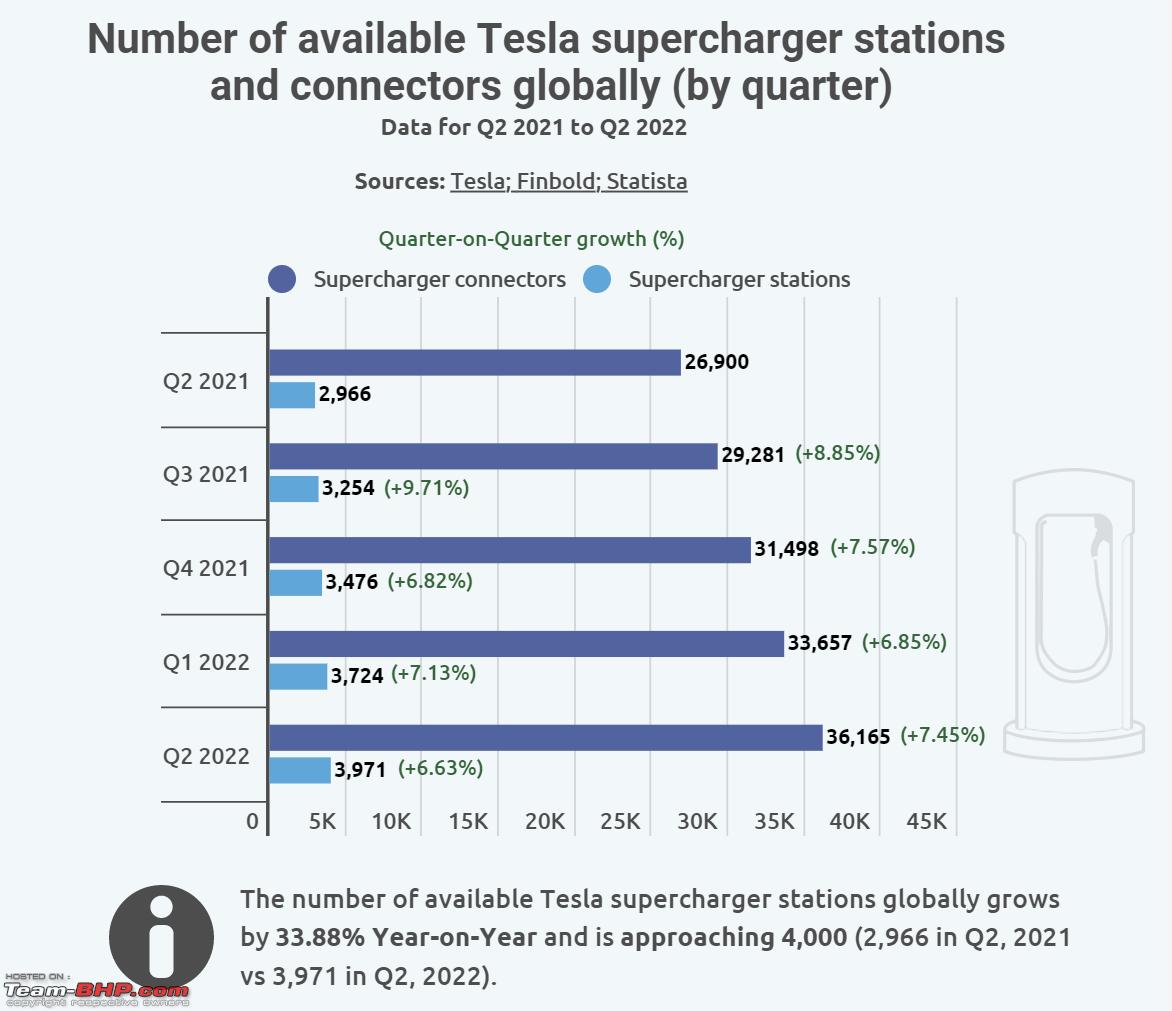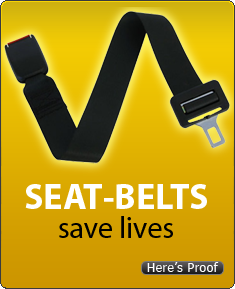News
Should Tata Motors establish a Tesla-like supercharger network for EVs?
I counted 819 DC connectors/plugs per TATA Power website as of December, 2022.
BHPian vtires2018 recently shared this with other enthusiasts.
Should TATA Motors make supercharger stalls like TESLA?
- TATA Motors owns largest share of EV market in India, more than 84%.
- Tesla was also owned largest EV share in North America. Then they opened Tesla Super Charger Network. The result is for all of us to see. Tesla is now a dominant player in EVs leaps ahead of GM, FORD, Toyota, Honda, Hyundai etc
From the below graphic ( numbers may have increased*):
- Tesla has now* more than 4000 Super charger stations
- Tesla has now* more than 38,000 Super charger Connectors/DC fast charging plugs.
Should Tata with growing EV sales help their customers and growing EV eco system by developing EV sites/like fuel stations, and powering them with EV DC and "AC" fast chargers ?
Please comment, what is the maximum DC and AC fast charging your EV cars can "charge with".



Counted 819 DC only connectors/plugs per TATA Power website as of Dec 2022.
Tata has sold around 21,500 EV's so far (not sure of this number)
But main question is - Tesla has been opening the DC chargers around the highways, suburbs, parking spaces, etc.
- Is Tata (or other EV Car seller) also following that approach ? They is a need to open more AC and DC chargers (dedicated spaces ) possibly away from busy areas. ( like a dedicated EV parking lots) 5 -10 KM before entering any city (all tiers)
- Or are they opening only in dealerships with motivation of increasing sales ?
- Also question is how many are actually functional ?

Here's what BHPian Lina had to say on the matter:
Before setting up "Super"Chargers, Tata needs to make EVs that can be used on the highway comfortably. Currently all of Tatas cars charge at abysmal rates. The EV-max which is the fastest charges at 30kW. This basically translates to about 100km of range added in 30 min of charging if you drive <100kmph. So, if you drive at 90kmph for an hour, you will have to stop for 30 min to get back that range. The regular Nexon (21kW) and Tigor (18kW) have much worse stats in this regard. If you compare this with the ZS EV, it can add about 175km in 30 min. Not great but a lot more liveable.
Now, coming to the chargers installed, Tata chargers are usually slow, unreliable and at inconvenient locations. Networks like Zeon and Relux make it a point to install faster, more reliable chargers at restaurants on the highway making the whole process more seamless. As far as I am concerned, apart from Tesla, no other company has bothered about the charging network and how it works with the car. Tesla also routes the drivers to specific charger.
Here's what BHPian Tucker48 had to say on the matter:
Indian govt has set some standards for battery and charging infrastructure which the industry is opposing as they say it will stifle innovation.
Why would a for profit company will install chargers on a large scale when it's going to be used by competition as well. I don't know cost economics of chargers but IMO, it won't be profitable in metros unless govt agencies give land.
And, Tesla is losing market share faster than anyone ever predicted. Plus the federal incentives 2022 aren't of much help either. Only one model falls under $55000 limit (correct me if I'm wrong)
So, IMO, these tasks should be taken over by the govt if they want it to be standardized.
Here's what BHPian guptad42 had to say on the matter:
Make AC slow charging in 7-20KW range common.
1. Tata/all electric car sellers in India should first make 7.2 KW level 2 AC home charger standard across the range. They can work with the charger manufacturers for cheaper designs. The rising volumes will also reduce costs. 3.3KW is just too slow and should not be used on 4 wheelers.
2. Tata Power and other charging networks can work with commercial parking spaces like malls, large offices, and also with residential buildings to install 11-20KW AC chargers in 5% of parking spots. The %age of parking lots with charging can be increased gradually over the years. Initial selection of spots for charging can be based on surveys of people who frequent the place, and EV sales trends in the catchment area. Avoid DC fast charging in covered areas, as long term safety could be a problem due to lack of maintenance.
For highway chargers, focus the investment to provide the best experience to most EV owners. Instead of a slow and poor experience everywhere. This is critical to sharply raise confidence in buying new EVs.
3. DC fast chargers on roads leading out from the top car buying cities to nearby cities and towns up to 500km range. EV charging stops at 30 minutes travel distance at highway speeds. So about 40km apart.
4. While western countries are going to 300-550KW DC fast charging or more, India should standardise on minimum 100 or 150 KW for DC fast charging. Peak charging rate in any car should not be less 2C. That'll allow adding 100-250km range in a brief chai/coffee stop, depending upon battery size. At that point, people will worry less about charging times and range anxiety.
Read BHPian comments for more insights and information.


















